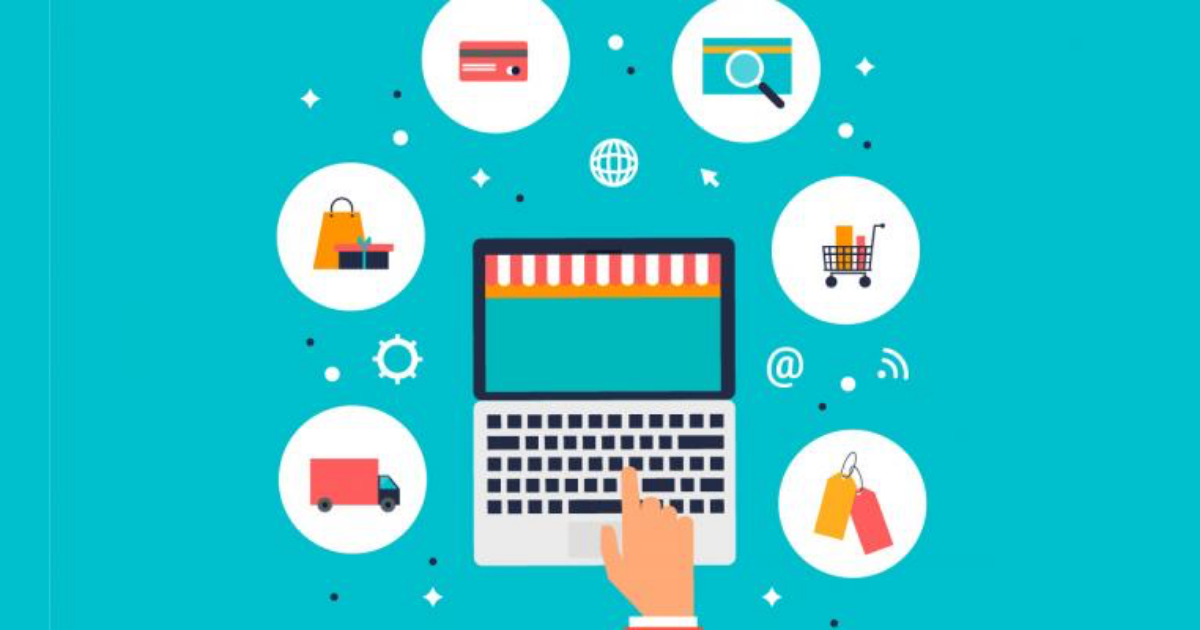In recent years, e-commerce has transformed the way consumers shop, and its influence on traditional retail has been undeniable. From the convenience of shopping from home to the wide variety of products available at the click of a button, e-commerce has reshaped the retail landscape in many ways. This shift has posed challenges for brick-and-mortar stores while also offering new opportunities.
The rise of e-commerce platforms, such as harpanas, has made it easier for businesses to reach global audiences, creating both a competitive environment for traditional retailers and an opportunity to expand their customer base. As e-commerce continues to grow, it is important to understand how this digital revolution is impacting traditional retail businesses.
The Growth of E-commerce
E-commerce has experienced significant growth over the last decade. The global adoption of the internet, increased mobile usage, and improvements in logistics and payment systems have made online shopping more accessible and appealing. According to recent statistics, e-commerce sales are projected to continue growing, surpassing even physical retail in some sectors. The convenience and speed of online shopping are key drivers of this growth, as consumers can browse products, compare prices, and make purchases without leaving their homes.
E-commerce offers a vast range of products that would be impossible for many traditional stores to stock due to physical space limitations. Online marketplaces and retailers often have access to a broader selection of goods, catering to a wide range of tastes and preferences. The ability to shop from multiple sellers in one place has made e-commerce a one-stop shop for consumers.
The Shift in Consumer Behavior
As e-commerce has become more prevalent, consumer shopping habits have also evolved. The convenience of shopping from home or on-the-go has encouraged consumers to opt for online shopping over traditional retail. The ability to shop at any time of day and from any location has led to a decline in foot traffic to physical stores.
In addition, online reviews and ratings have made it easier for consumers to make informed purchasing decisions. Shoppers can read the experiences of others before committing to a purchase, reducing the risks associated with buying products they haven’t seen or tested in person. This level of transparency and the availability of customer feedback gives e-commerce an advantage over traditional retail, where product information may be limited to what the store provides.
The Impact on Traditional Retail
Traditional retail has felt the impact of the e-commerce boom in several ways. One of the most significant effects is the decline in foot traffic to physical stores. Consumers now have the option to shop online and have products delivered directly to their homes, which has led to a decrease in visits to malls and retail stores.
This decline in foot traffic has forced many traditional retailers to rethink their business strategies. To stay competitive, some brick-and-mortar stores have expanded their online presence, offering e-commerce services alongside their physical locations. This shift has led to the rise of omnichannel retailing, where businesses integrate their online and offline operations to provide a seamless shopping experience for consumers.
Moreover, many traditional retailers have had to lower prices or offer better discounts to compete with online-only businesses. E-commerce platforms, with their lower overhead costs, can afford to offer competitive pricing, which puts pressure on traditional retailers to keep up. Additionally, some brick-and-mortar stores have faced closures as a result of declining sales, further demonstrating the challenges of maintaining a physical presence in an increasingly digital world.
Opportunities for Traditional Retailers
While the growth of e-commerce has created challenges for traditional retail, it has also opened up new opportunities. Many traditional retailers have embraced e-commerce and adapted to the changing market by developing their online stores. This allows them to expand their reach and tap into the growing trend of online shopping.
In addition, some retailers have implemented click-and-collect services, where customers can order products online and pick them up in-store. This model allows brick-and-mortar stores to leverage their physical locations while offering the convenience of online shopping. For example, many grocery stores now offer this service, allowing customers to place an order online and pick up their groceries without having to shop in the store.
Retailers are also integrating advanced technology into their physical stores to enhance the customer experience. Augmented reality (AR) and virtual reality (VR) are being used to allow customers to visualize products in a digital environment before purchasing. These technological advancements help bridge the gap between the online and offline shopping experiences.
The Role of Technology
Technology plays a significant role in the evolution of both e-commerce and traditional retail. The use of data analytics, artificial intelligence (AI), and machine learning allows e-commerce platforms to provide personalized recommendations to shoppers, improving the customer experience and driving sales.
For traditional retailers, adopting similar technologies can help enhance the in-store experience. For instance, AI-powered systems can optimize inventory management, while data analytics can provide insights into customer behavior, helping businesses make more informed decisions. Retailers that embrace technology to improve operational efficiency and enhance the shopping experience are better positioned to compete in the digital age.
Conclusion
The impact of e-commerce on traditional retail has been profound, reshaping the way businesses operate and how consumers shop. While brick-and-mortar stores have faced challenges, many have found ways to adapt and thrive by embracing e-commerce and integrating technology into their operations. The future of retail will likely be a blend of online and offline experiences, with businesses leveraging the strengths of both to provide customers with the best possible shopping experience. E-commerce will continue to grow, and traditional retailers must innovate and evolve to stay competitive in this ever-changing market.
